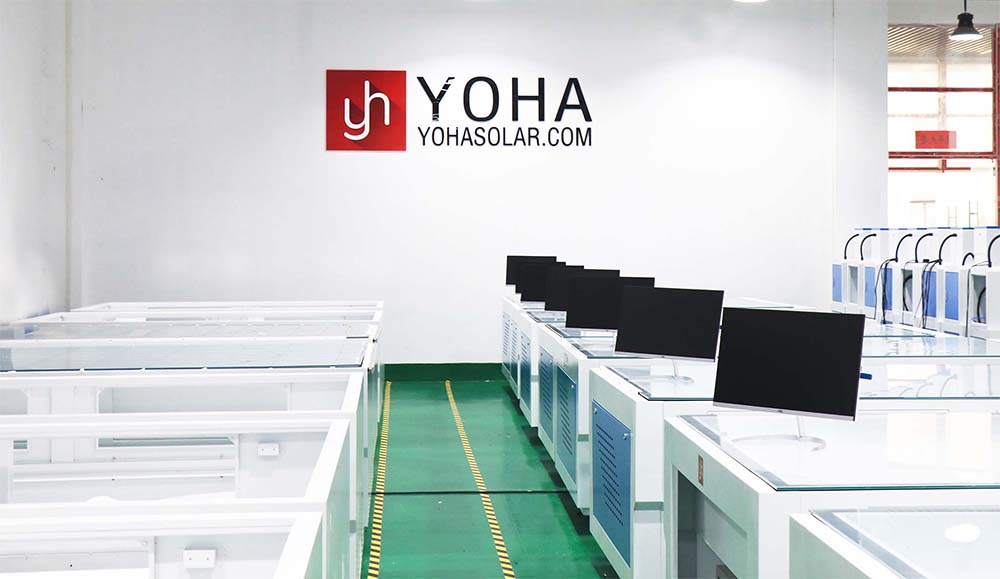Welcome to Wuhan Yoha Solar Technology Co., Ltd!
common problem
Site Map
Language:
 Chinese
Chinese
 English
English
Welcome to Wuhan Yoha Solar Technology Co., Ltd!
common problem
Site Map
Language:
 Chinese
Chinese
 English
English
In the era of rapid development of the photovoltaic (PV) industry, PV module testers have become increasingly critical as core instruments for performance evaluation and quality assurance. These precision devices serve as "health examination centers" for solar panels, accurately simulating real sunlight conditions and measuring key electrical characteristics. They provide indispensable scientific data to support manufacturing quality control and ensure the long-term stable operation of PV power plants.
The fundamental working principle of PV module testers revolves around two key processes: high-precision solar simulation and current-voltage (IV) curve testing.
Solar Simulation:
The tester uses xenon lamps or LED light sources combined with precision optical filters to create illumination conditions on the module surface that closely match Standard Test Conditions (STC: 1000 W/m² irradiance, 25°C cell temperature, AM1.5 spectrum). The spectral match (consistency with natural sunlight), irradiance uniformity (light distribution across the test plane), and temporal stability are critical performance indicators of the simulator, directly affecting the accuracy of test results.

IV Curve Testing:
Under stable simulated sunlight, the tester applies a continuously varying voltage or current load (from short-circuit to open-circuit conditions) while precisely measuring the module's output current (I) and voltage (V). This dynamic process generates a complete IV characteristic curve, the most important graph for revealing a module's intrinsic performance. From this curve, all key performance parameters can be derived.
Through precise IV curve analysis, PV module testers provide critical parameters that determine a module’s performance grade and power generation capability:
Depending on application scenarios, PV module testers serve two major functions:
Factory Performance Verification & Sorting:
Every module undergoes rigorous STC testing post-production to measure Pmax, Voc, Isc, FF, and efficiency. Results are used for precise sorting (e.g., by power bins), ensuring uniform performance within each group—critical for maximizing PV system efficiency and energy yield prediction.
Quality Diagnosis & Field Evaluation:
Portable testers are widely used for:
A high-performance PV module tester typically includes:
PV module testers play an irreplaceable role across the value chain:
As PV technology advances toward higher efficiency, larger formats, and novel cell architectures (e.g., tandem cells), module testers are evolving with higher accuracy, smarter automation, faster throughput, and deeper integration with EL imaging. Remaining a cornerstone of industry progress, these testers will continue ensuring product quality, optimizing energy yield, and driving technological breakthroughs.
TOP
18086473422
MESSAGE
